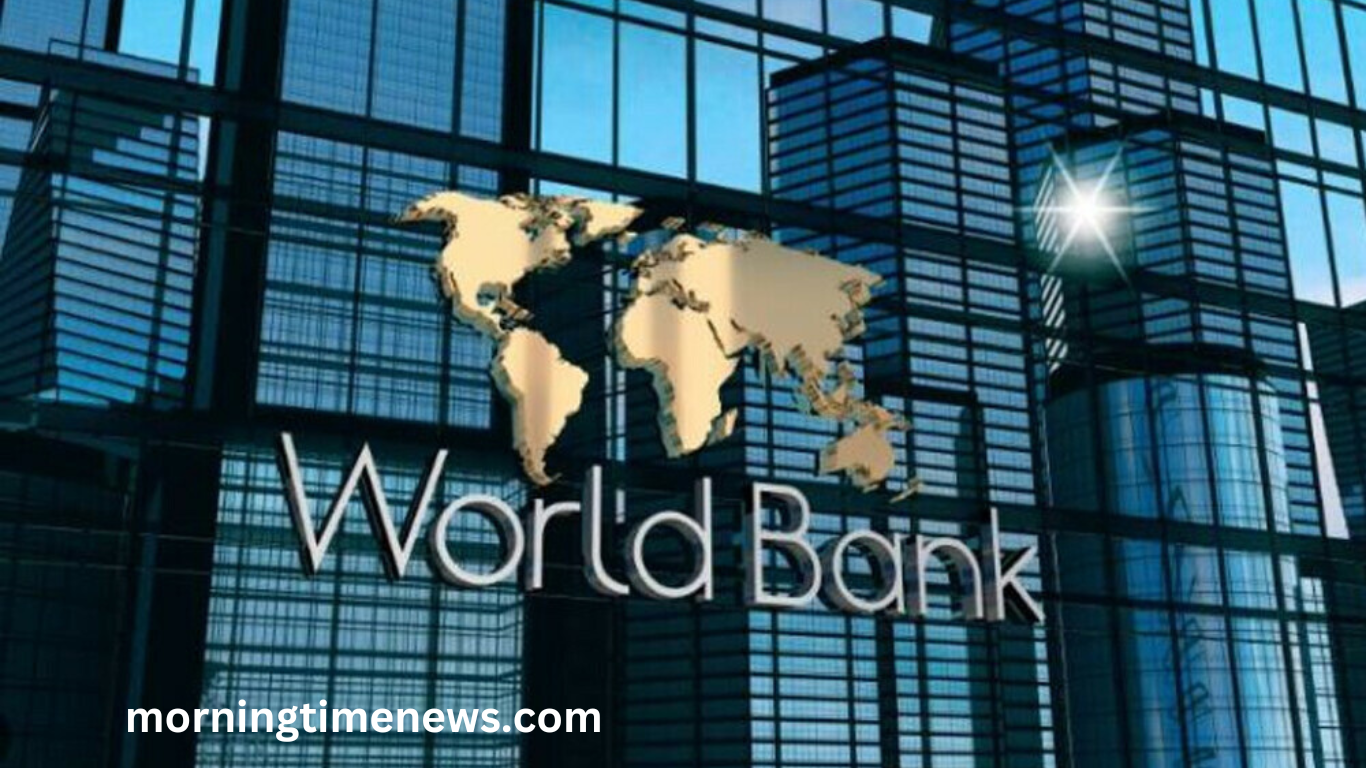The World Bank’s board of directors has approved $102 million in financing for the Resilient and Accessible Microfinance (RAM) project. The initiative aims to enhance access to microcredit, particularly for underserved communities, and strengthen the resilience of the microfinance sector.
Strengthening Financial Resilience
The RAM project is designed to support borrowers facing economic and environmental challenges. By providing sustainable financial solutions, the initiative seeks to ensure that microfinance institutions can continue serving low-income entrepreneurs and small businesses despite external shocks.
Addressing Climate-Related Risks
A key focus of the project is improving the sector’s ability to withstand climate-related shocks. As increasing climate uncertainties affect livelihoods, the funding will help microfinance institutions develop adaptive strategies and risk mitigation measures to support vulnerable borrowers.
Read More : ESB Group’s profit falls as wholesale prices stabilise
Expanding Financial Inclusion
The financing aligns with the World Bank’s broader commitment to financial inclusion. By expanding access to microcredit, the RAM project aims to empower small-scale entrepreneurs, women-led businesses, and rural communities, fostering economic growth and stability.
Long-Term Impact on Economic Development
The RAM project will contribute to long-term economic development by strengthening the microfinance ecosystem. Ensuring the financial sustainability of microfinance institutions will enable continued support for small businesses, ultimately driving job creation and poverty reduction in developing economies.
Frequently Asked Questions
What is the RAM project?
The Resilient and Accessible Microfinance (RAM) project is a World Bank initiative aimed at improving access to microcredit and strengthening the resilience of the microfinance sector and its borrowers.
How much financing has the World Bank approved for RAM?
The World Bank has approved $102 million in financing to support the RAM project’s objectives of expanding financial inclusion and strengthening microfinance institutions.
Who will benefit from the RAM project?
The project will primarily benefit low-income entrepreneurs, small businesses, women-led enterprises, and rural communities by providing improved access to financial services.
How does the RAM project address climate-related risks?
The initiative includes strategies to help microfinance institutions and borrowers mitigate the impact of climate-related shocks through adaptive financial solutions and risk management.
Why is microfinance resilience important?
Strengthening microfinance resilience ensures that financial services remain accessible to vulnerable borrowers, even during economic and environmental disruptions, promoting long-term stability.
How does the RAM project contribute to financial inclusion?
By expanding access to microcredit, the project empowers marginalized communities, fostering economic growth, job creation, and sustainable development.
What role do microfinance institutions play in the RAM project?
Microfinance institutions serve as key intermediaries in disbursing credit, implementing risk mitigation strategies, and supporting borrowers through financial education and resources.
How will the RAM project impact economic development?
By enhancing the accessibility and resilience of microfinance, the initiative will promote entrepreneurship, strengthen local economies, and support poverty reduction efforts.
Conclusion
The $102 million World Bank-backed RAM project is a crucial step toward enhancing financial inclusion and economic resilience. By expanding microcredit access and strengthening microfinance institutions, the initiative empowers small businesses and vulnerable communities. Its focus on mitigating climate-related risks ensures long-term sustainability, fostering entrepreneurship, job creation, and poverty reduction. This investment reinforces the importance of inclusive financial systems in driving sustainable economic development worldwide.

